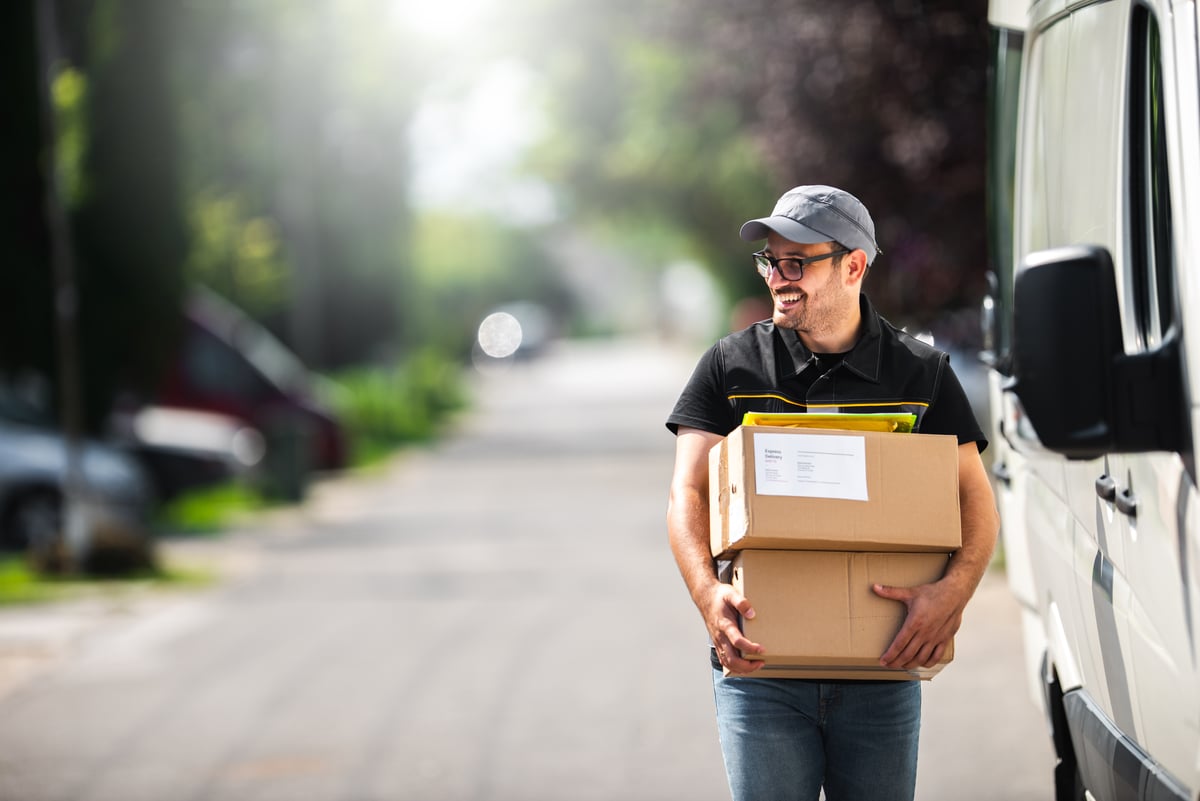Newton's third law of motion says that for every action, there is an equal and opposite reaction. Put another way, actions have consequences.
The decision by FedEx (FDX 1.59%) this past summer to stop making both air express and ground deliveries for Amazon.com (AMZN +0.49%) is causing some major blowback. Amazon told its third-party sellers that they are not allowed to use FedEx's ground delivery service for Prime customers.

Image source: Amazon.com.
While the decision won't have much impact on FedEx or Amazon, the repercussions from the escalating breakup between carrier and retailer are being felt heavily by small sellers on the site, which fear not being able to properly service their customers.
The reaction might also further burnish Amazon's efforts to grow its own logistics and transportation business, which is on track to surpass both FedEx and UPS (UPS 1.57%) in package delivery volume.
Striving for on time, every time
The new rule is ostensibly because FedEx is struggling to get packages delivered on time. According to ShipMatrix, which analyzes shipping data, Amazon was able to deliver nearly 94% of its own packages on time during the week following Black Friday, and UPS delivered almost 93% of Amazon packages on time. FedEx was barely able to deliver 90% of Amazon's packages on time.
The stakes are increasing as Amazon further encroaches into logistics while amping up its pledge to deliver packages within one day for members of its Prime loyalty program.
Because it is shouldering an increasing percentage of the burden for delivering its own packages, that is putting it on a collision course with its carrier partners, one of which could very soon see Amazon surpass it and become the dominant carrier itself.
A hole so large you can drive a truck through it
A recent report by Morgan Stanley said Amazon Logistics delivered 46% of the orders made on Amazon's site over the past year, more than double what it had done during the same period a year ago.
That equates to some 2.5 billion packages, right behind the 3 billion packages FedEx delivers, though somewhat further behind the 4.7 billion deliveries UPS made. That's all of the packages UPS and FedEx deliver in a year in the U.S., not just Amazon orders. UPS delivered 5.2 billion packages globally in 2018; FedEx delivers some 3.8 billion packages globally.
The Morgan Stanley report said Amazon's numbers would more than double again to 6.5 billion packages by 2022, surpassing the 5 billion U.S. deliveries UPS is expected to make and completely eclipsing FedEx, which is only expected to grow to 3.4 billion packages. With Amazon's latest policy restrictions, FedEx might not even grow that much.
A prime reason to sell and ship with Amazon
Third-party retailers accounted for 58% of the gross merchandise sales made on Amazon in 2018, almost double the amount they represented a decade ago. The retailer considers that an amazing achievement because it has been growing its own sales at a compound annual rate of 25% since 1999, going from $1.6 billion to over $117 billion last year.
At the same time, third-party sellers have seen sales rise from a paltry $100 million 20 years ago to over $160 billion in 2018, a 52% compound annual growth rate, far outstripping the $95 billion in sales third-party sellers made on eBay last year.
Amazon's new policy restrictions may seem to be in retaliation for FedEx deciding to stop deliveries for the retailer. But upon closer examination, it looks like Amazon just wants to give quality service to its Prime customers, who have a lot of options on where to make their discretionary purchases. Third-party sellers on Amazon are still able to use FedEx for non-Prime deliveries.
Of course, it also helps Amazon build up its own logistics and transportation business, one that could very soon dominate not just FedEx, but UPS as well.








